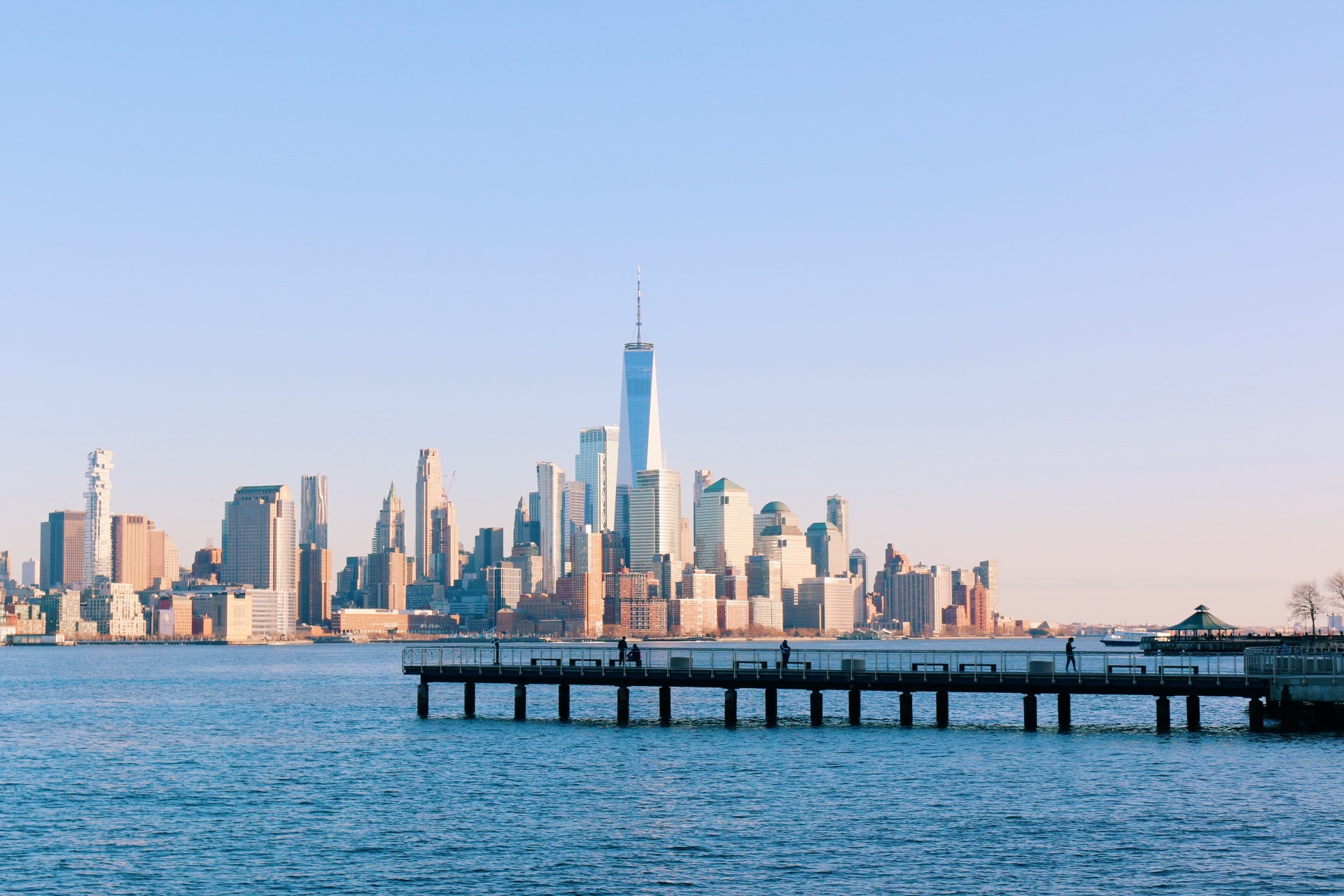On this Earth Day, I chose to take a look in my own backyard — the Hudson River. Bordering the largest city in the United States, it is no surprise that the Hudson River is not in pristine shape. With such large population densities on either side, the Hudson River is in the prime location to face extreme pollution. However, would you believe that the Hudson is actually doing better than it has been in almost 50 years?
General Electric (GE), the multinational conglomerate corporation, played a large role in polluting the Hudson River. Headquartered in New York, the corporation dumped an estimated 1.3 million pounds of polychlorinated biphenyls (PCBs) directly into the waterways between 1946 and 1977, until PCBs were banned in the United States for their detrimental health effects. According to the International Agency for Research on Cancer, PCBs have been declared as probably carcinogenic in humans as they have caused a variety of health issues. These chemicals have affected humans’ immune systems, reproductive systems, nervous systems, endocrine systems, and more. PCBs in the environment can heavily affect humans as they infiltrate the food chain. Humans most commonly ingest these chemicals by consuming seafood in contaminated waters. The increase in human health issues helped push for the mandatory Hudson River cleanup.
It was not until May 15, 2009, that GE started their government-mandated cleanup efforts. The dredging on the Hudson cost GE $1.6 billion and the cleanup process lasted from 2009 to 2015. Many officials in the state of New York did not believe that GE did enough to clean pollutants out of the Hudson. In the summer of 2019, New York sued the EPA for issuing what they considered a premature “Certificate of Completion” to GE for their cleaning efforts. The court case was finally closed March 10, 2021, ruling against New York. Judge David Hurd stated, “This lawsuit comes too late and [is] based on improper theories.” To this day, the Hudson River is considered a Superfund site by the United States Environmental Protection Agency (EPA), meaning that it is one of the most polluted areas in the country.
Since the Clean Air Act of 1970 and the Clear Water Act of 1972, the state of the Hudson has greatly improved. The concentration of PCBs found in wildlife has declined and the overall water quality has remained fairly stable. However, some still believe it could use more cleanup and attention.
This year, Stevens Sustainability, Activism, Volunteering & Engineering (SAVE) Club partnered with the Entertainment Committee to do a Hoboken Waterfront Cleanup. Unfortunately, the event was postponed due to inclement weather. It has been rescheduled for Saturday, May 1 from 12 p.m. to 2 p.m. Morgan Gruskin, President of SAVE, said “Doing a waterfront cleanup is a great way to help the local community and show appreciation for the Earth.” For more updates regarding SAVE events, including the cleanup, follow @stevenssaveclub and @stevens_ec on Instagram and check out their DuckLink pages (EC and SAVE).

Be First to Comment